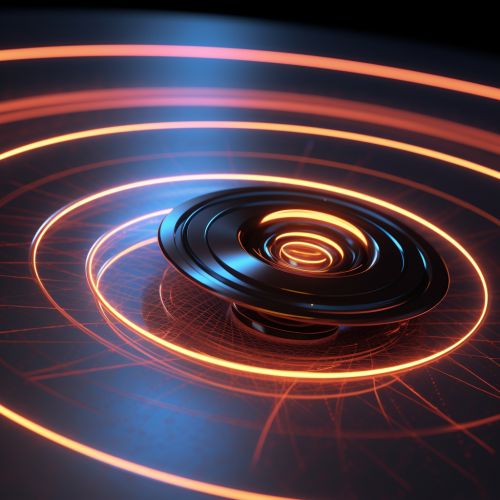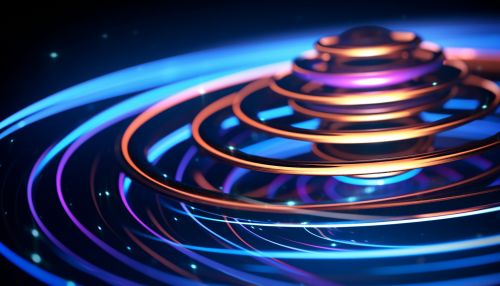Electron Spin
Introduction
Electron spin is a form of angular momentum that is inherent to all electrons. It is a quantum mechanical property and is one of the fundamental properties of electrons. The concept of electron spin was first proposed by George Uhlenbeck and Samuel Goudsmit in 1925 to explain the anomalous Zeeman effect, and it has since become a cornerstone of quantum mechanics.
Quantum Mechanical Nature
The quantum mechanical nature of electron spin is quite different from the classical idea of spin. In classical physics, spin is visualized as a particle literally spinning around an axis, much like the Earth spins on its axis. However, electron spin does not involve any physical rotation. Instead, it is a purely quantum mechanical phenomenon that has no classical analogue. The electron is not physically spinning, but it has a magnetic moment and angular momentum as if it were.
Spin Quantum Number
The spin quantum number, often denoted as s, is a quantum number that describes the intrinsic angular momentum of an electron. For all electrons, the spin quantum number is 1/2. This means that the electron has two possible spin states, often referred to as spin up and spin down. These states are often denoted as |↑⟩ and |↓⟩, or sometimes as +1/2 and -1/2.


Spin Magnetic Moment
The spin of an electron gives rise to a magnetic moment, which is a measure of the electron's magnetic strength and orientation. The spin magnetic moment is proportional to the spin, and its direction is given by the right-hand rule. The magnitude of the electron's magnetic moment is given by the Bohr magneton, which is a physical constant.
Spin-Orbit Interaction
The spin-orbit interaction is a magnetic interaction between the spin of an electron and its orbital motion around the nucleus. This interaction is responsible for the fine structure of atomic spectra, which is a splitting of spectral lines observed in the atomic spectrum. The spin-orbit interaction is also responsible for many other physical phenomena, such as the anomalous Zeeman effect and the spin Hall effect.
Measurement of Electron Spin
The measurement of electron spin is a complex process that involves quantum mechanics. The most common method of measuring electron spin is through the Stern-Gerlach experiment. In this experiment, a beam of atoms is passed through a magnetic field, which causes the atoms to split into two beams based on the spin of their electrons. The spin of the electron can then be determined by observing which beam an atom ends up in.
Applications of Electron Spin
The spin of electrons has many applications in modern technology. One of the most notable applications is in the field of spintronics, which is a branch of electronics that uses the spin of electrons to store, manipulate, and transfer information. Other applications of electron spin include magnetic resonance imaging (MRI), electron spin resonance spectroscopy, and quantum computing.
